Cultural Traits and Business Negotiations in China
VerifiedAdded on 2022/12/19
|12
|550
|72
Presentation
AI Summary
This presentation explores the cultural traits of China, including power distance, individualism vs. collectivism, and long term orientation. It discusses the impact of these traits on business negotiations and provides insights for businesses looking to expand in the Chinese market.
Contribute Materials
Your contribution can guide someone’s learning journey. Share your
documents today.
1 out of 12

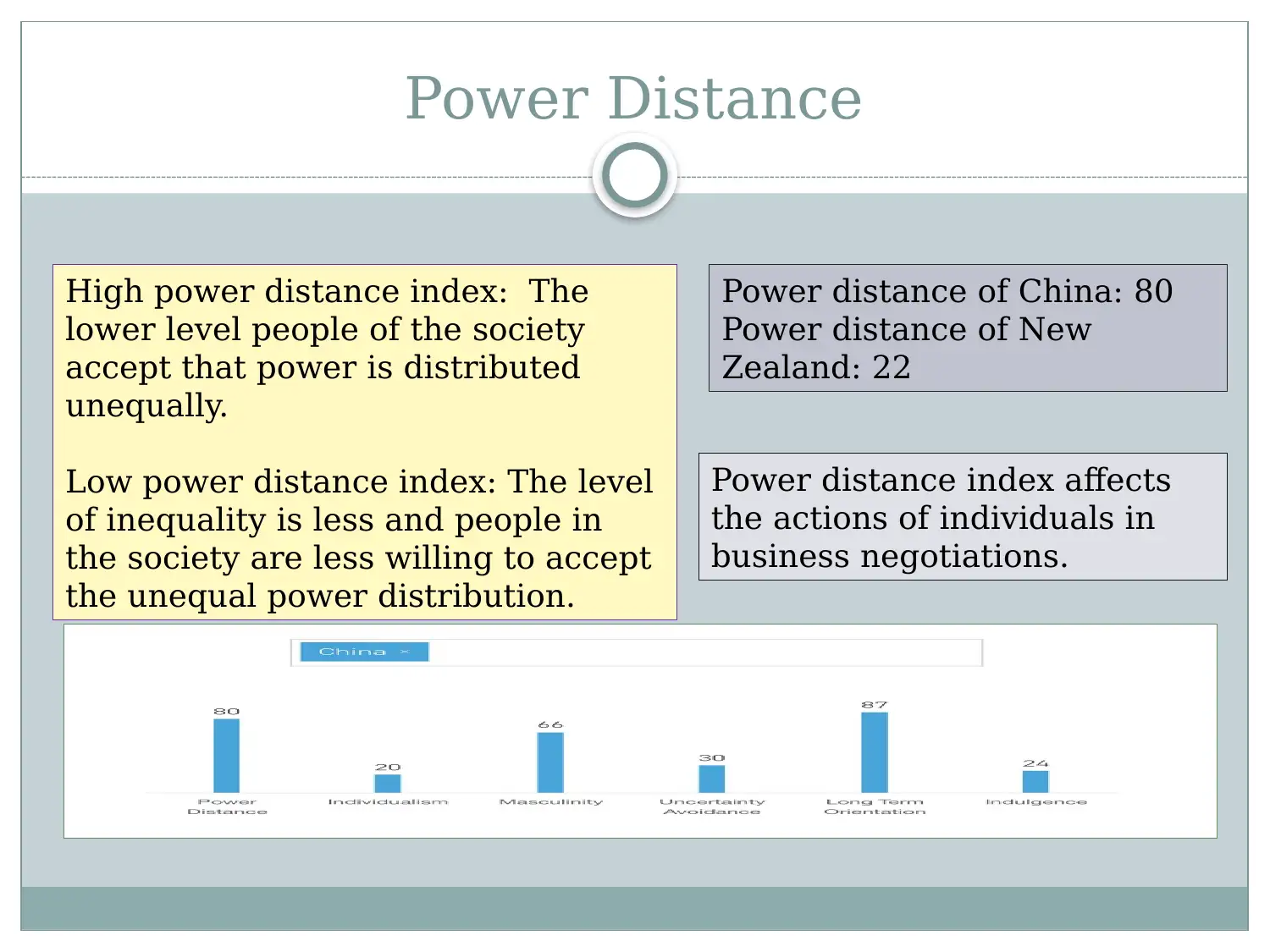
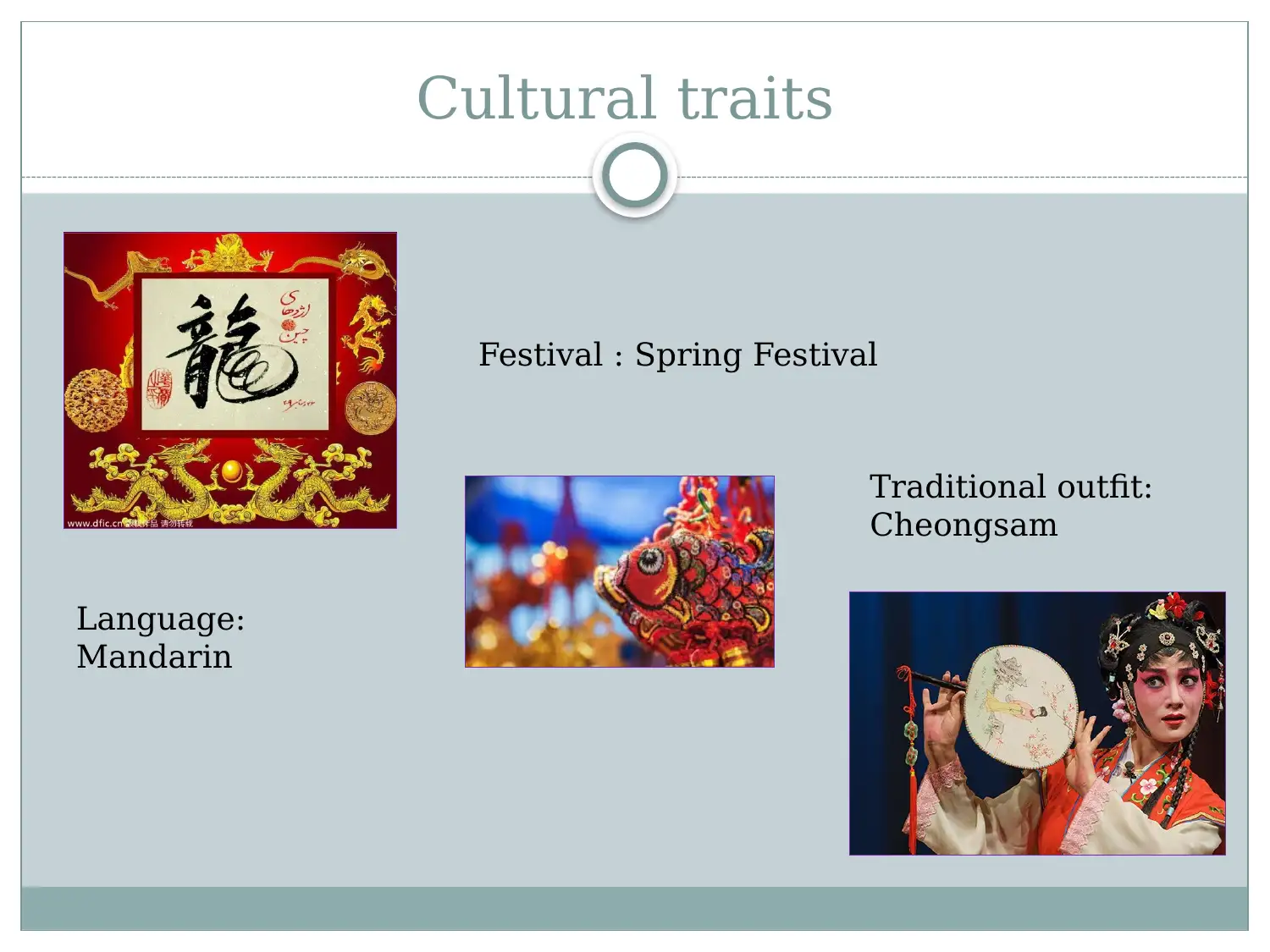
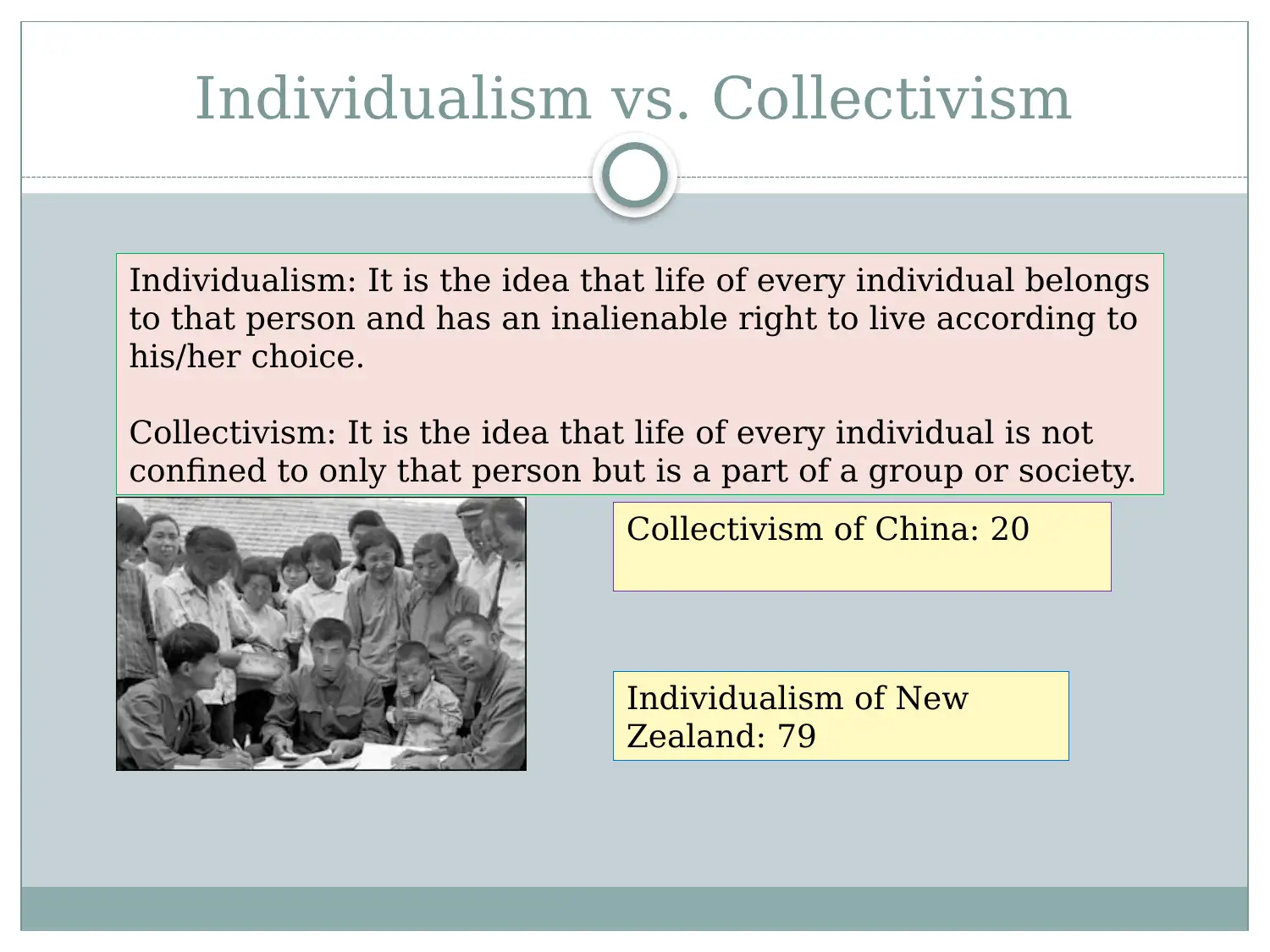
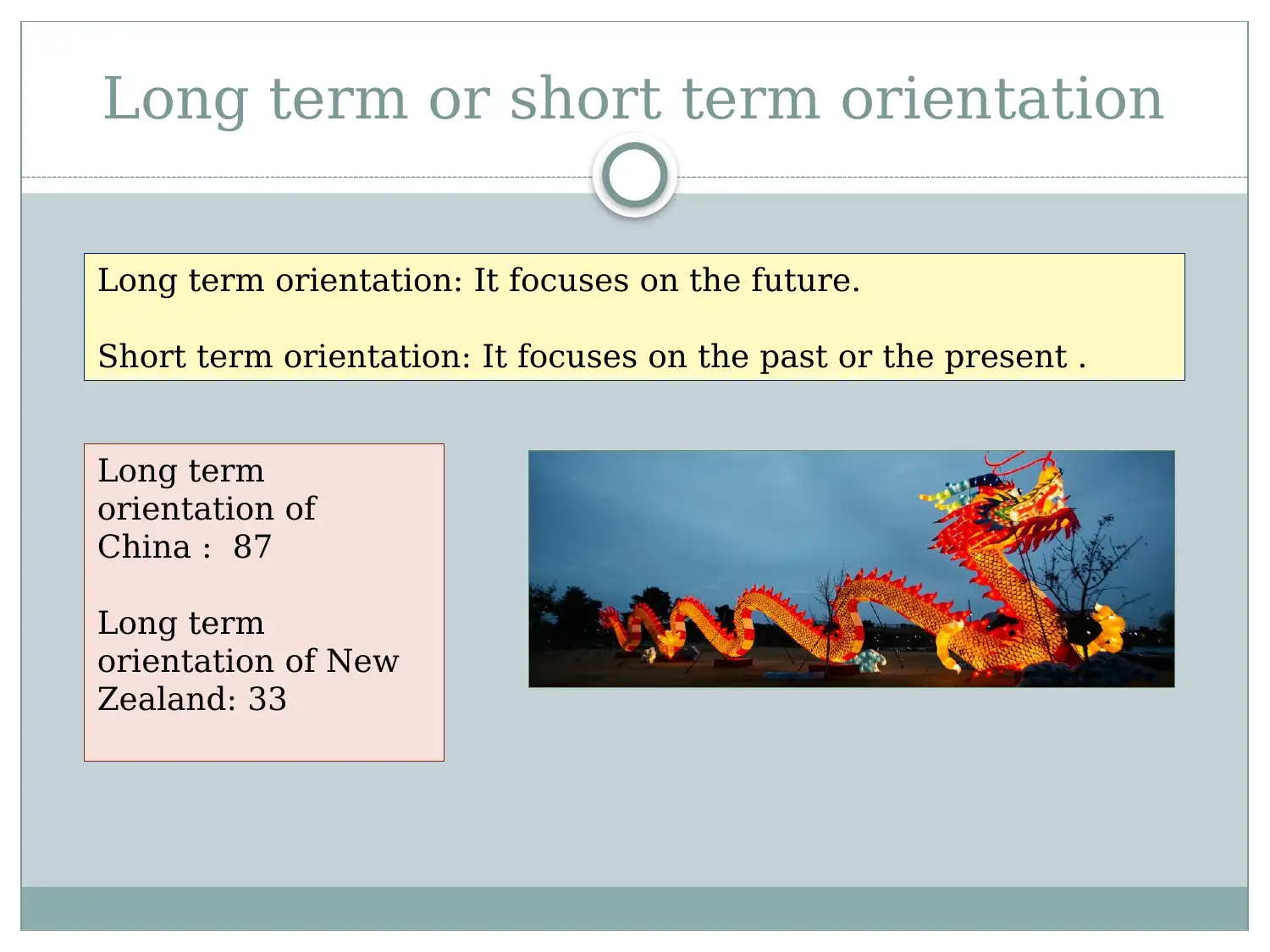
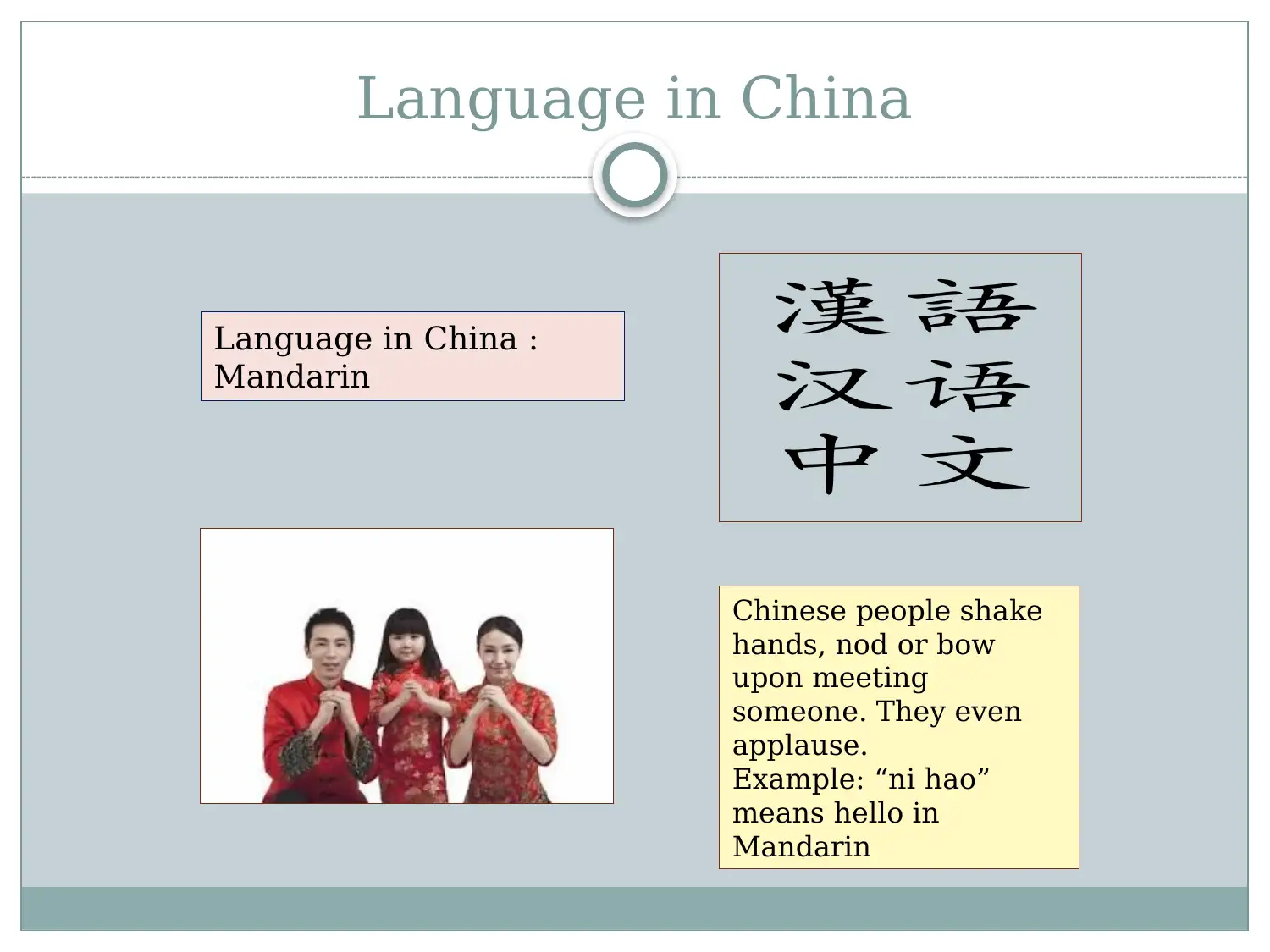
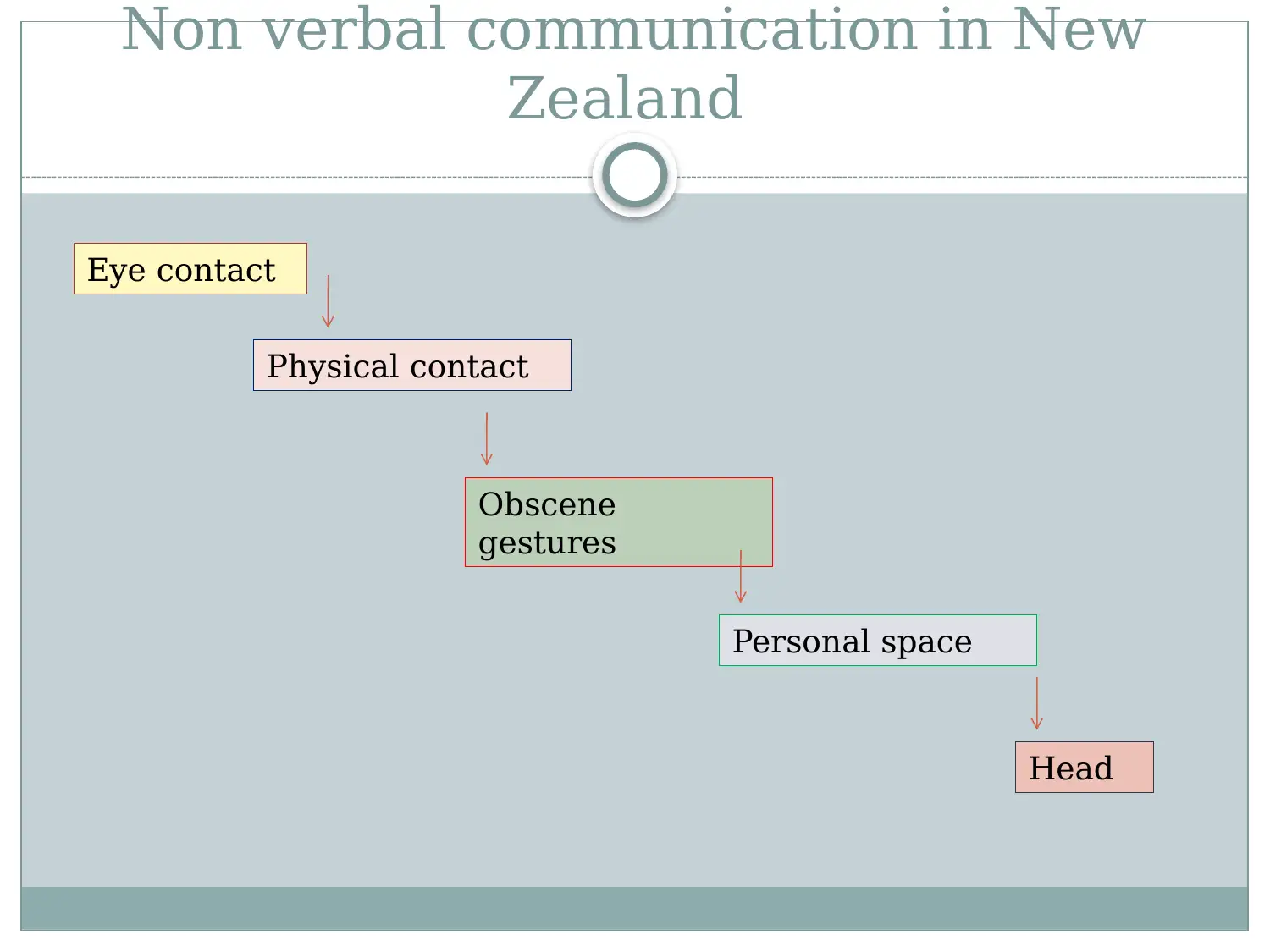
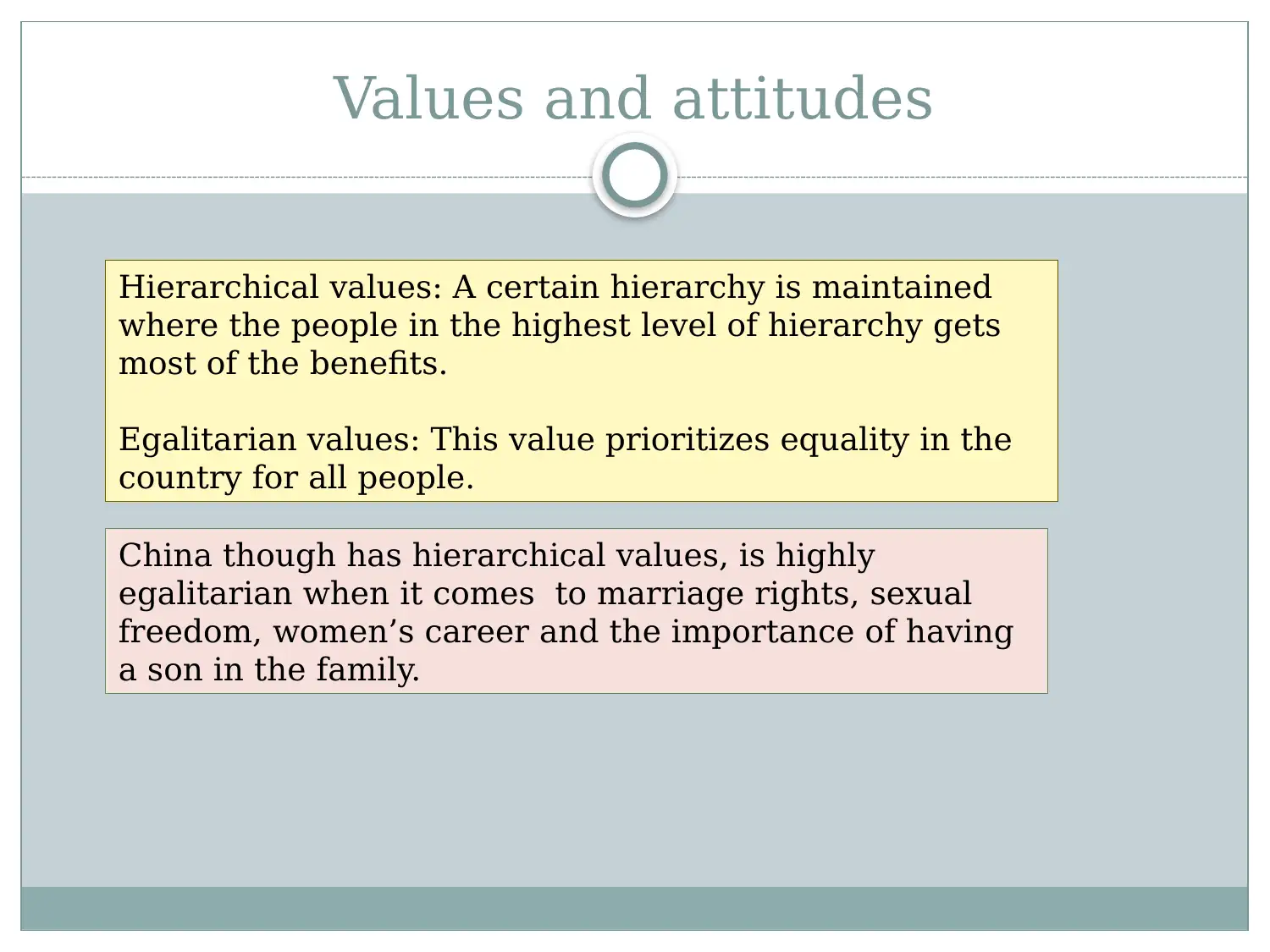
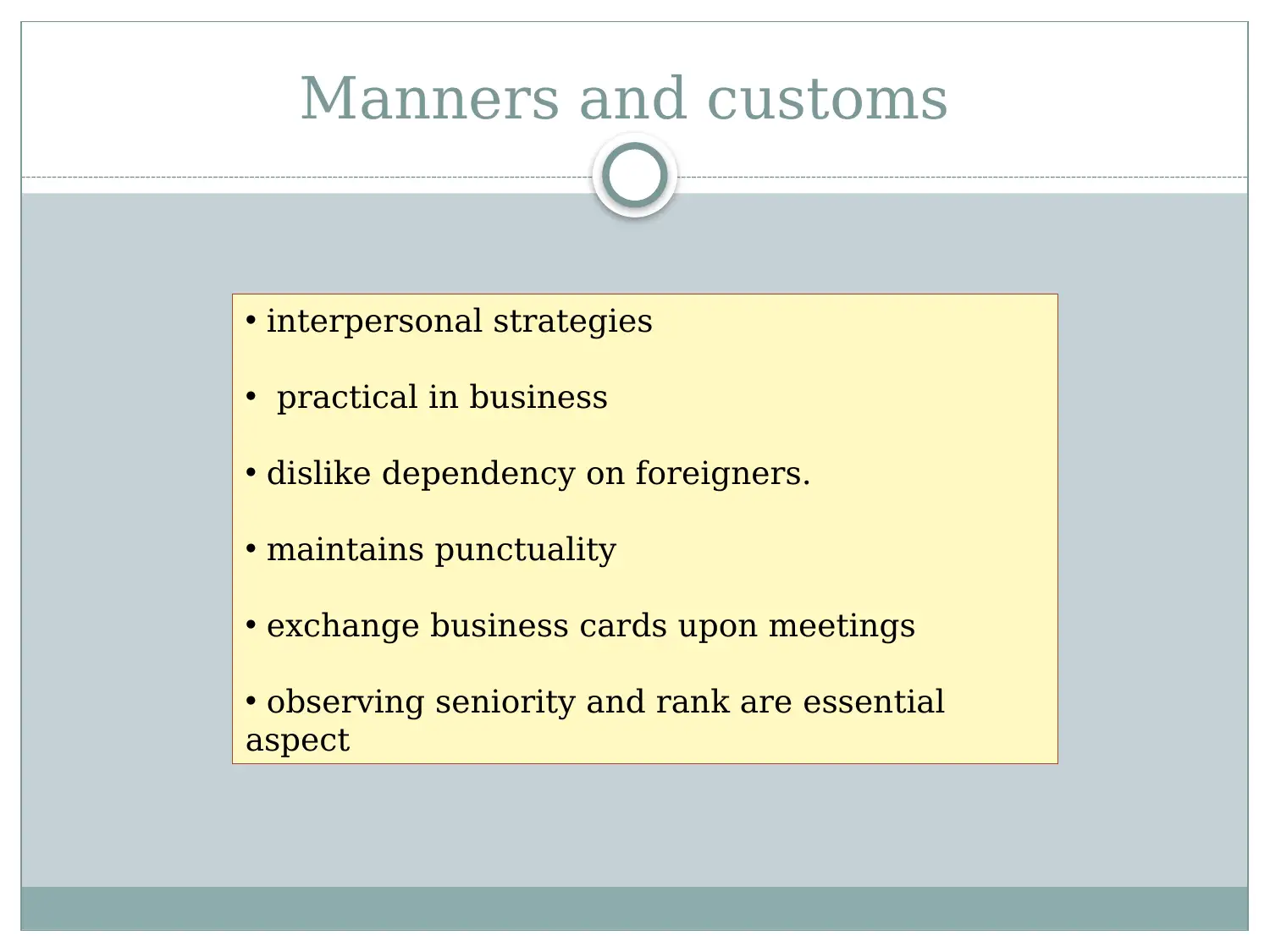
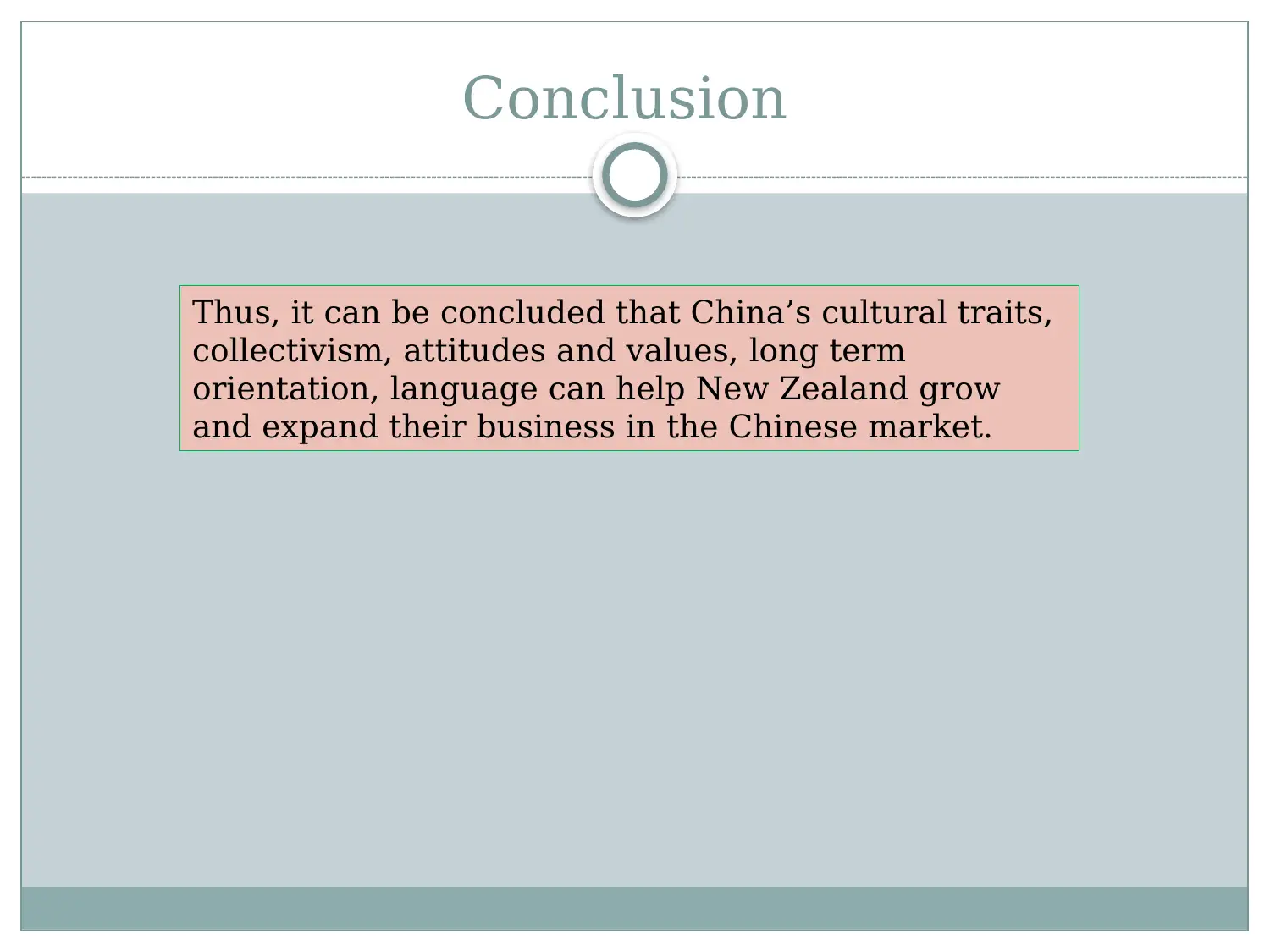
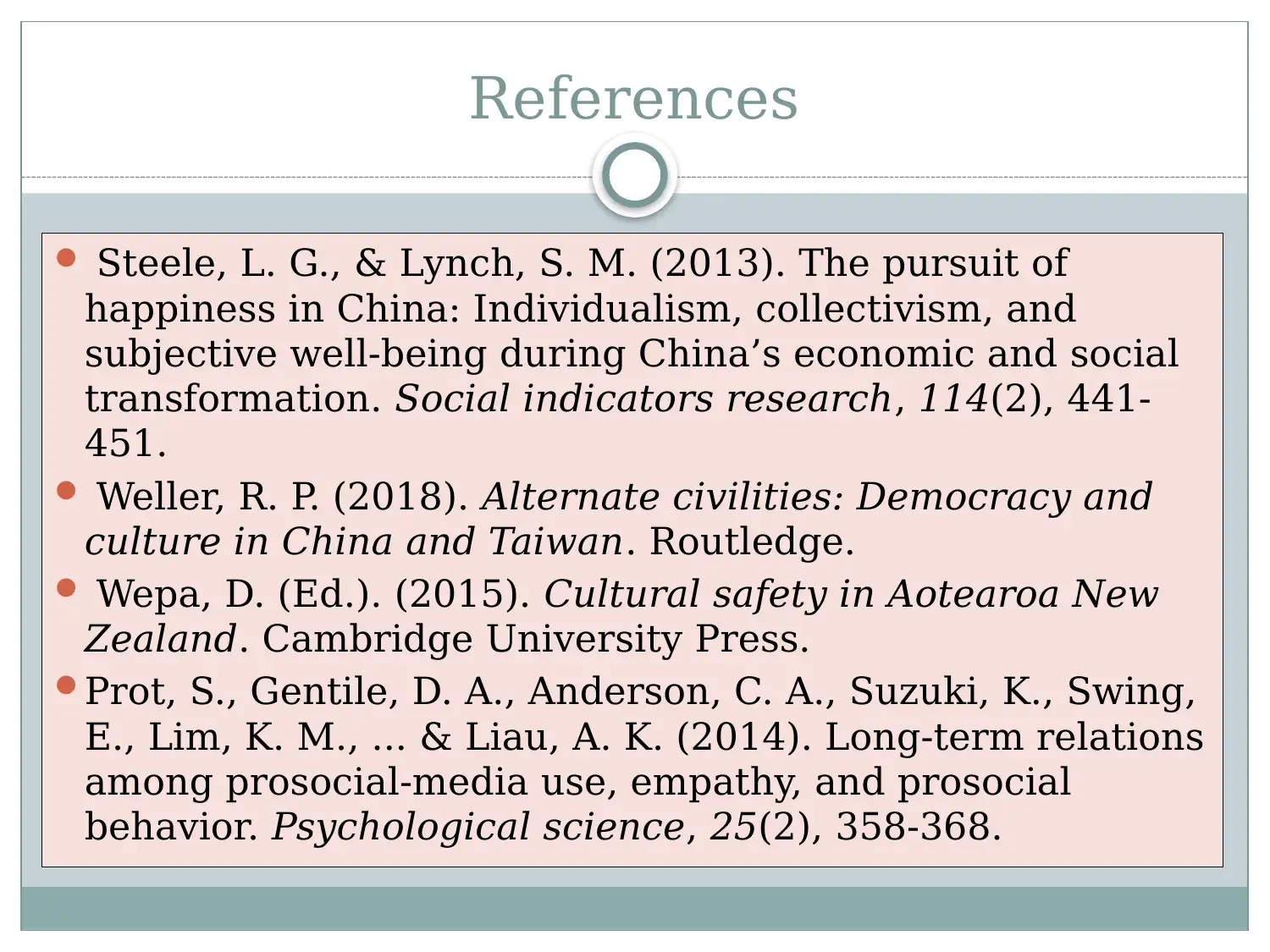







![[object Object]](/_next/static/media/star-bottom.7253800d.svg)